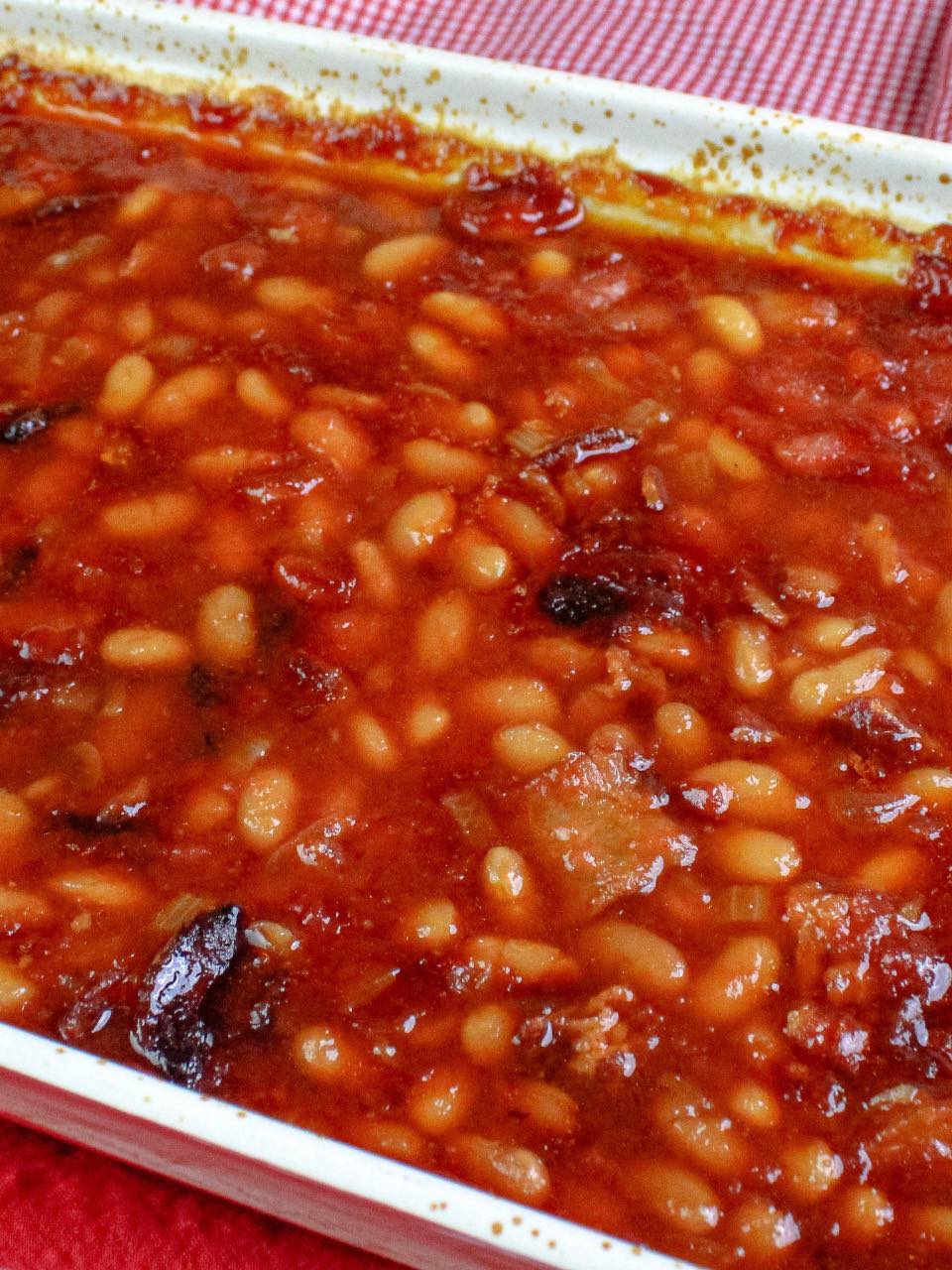ADVERTISEMENT
The history of baked beans can be traced back to Native American cooking, where beans were often paired with meats and cooked slowly to bring out their natural flavors. Over time, the dish became a staple in colonial America, where it was prepared in large pots and cooked for hours in wood-burning ovens, which helped to infuse the beans with the deep, smoky flavors that are still loved today.
In the United Kingdom, baked beans are often associated with breakfast, served alongside eggs, bacon, and toast. The British version, typically made with white beans and tomato-based sauce, has become one of the nation’s most iconic comfort foods.
In the United States, baked beans have evolved into a variety of regional styles, each with its own spin on the basic recipe. From the Boston-style baked beans made with molasses to the sweet and tangy southern variants, there are as many ways to make baked beans as there are families to make them.
**The Foundation of a Perfect Batch of Baked Beans**
Baked beans might seem simple, but achieving the perfect batch requires a careful balance of flavors, textures, and techniques. Let’s break down the components of a great baked bean recipe, which we will elaborate upon further:
1. **Beans**: The star of the dish. While different types of beans can be used, navy beans are the most popular choice. Their soft texture and ability to absorb flavors make them the ideal candidate for slow cooking. However, other beans like kidney beans, black beans, and pinto beans can also be used depending on personal preference.
2. **Sweeteners**: Many baked bean recipes include a combination of sweeteners, such as molasses, brown sugar, or maple syrup, which give the dish its characteristic sweet-savory flavor. Molasses is especially important in traditional recipes, lending depth and richness to the beans. Brown sugar brings a lighter sweetness that balances the boldness of the molasses.
3. **Seasonings**: The seasonings used in baked beans can vary widely, but a few key ingredients typically make their way into most recipes. Mustard is a common component, lending a tangy note that contrasts beautifully with the sweetness of the beans. Vinegar, usually apple cider vinegar, provides acidity and brightness. Worcestershire sauce is often included for an extra layer of umami.
4. **Meat**: While not strictly necessary, many baked bean recipes include some form of meat, such as bacon, ham, or salt pork. This adds richness and depth to the dish. The smoky flavor of bacon, in particular, complements the beans and enhances their savory profile.
5. **Broth or Liquid**: The beans need something to cook in, and this liquid is crucial for creating that thick, rich sauce. Broth (chicken, beef, or vegetable) is commonly used, though some recipes call for water or a combination of both. The liquid slowly reduces during the cooking process, creating a luscious, syrupy sauce that coats the beans.
6. **Onion and Garlic**: These aromatic vegetables provide an essential foundation of flavor in the dish. Their sweetness mellows as they cook, blending harmoniously with the other ingredients.
**The Classic Baked Beans Recipe**
Now that we’ve explored the basic ingredients and their roles in the dish, let’s take a look at a recipe that can serve as a base for your own interpretation of baked beans. This recipe has been passed down through generations, and the results are a perfect balance of sweet and savory flavors.
**Ingredients**:
– 2 cups dried navy beans (or any white bean of your choice)
– 1/2 pound of bacon, diced (or salt pork)
– 1 medium onion, chopped
– 2 cloves garlic, minced
– 1/4 cup molasses
– 1/4 cup brown sugar
– 1 tablespoon Dijon mustard
– 1 tablespoon apple cider vinegar
– 2 teaspoons Worcestershire sauce
– 1/2 teaspoon smoked paprika (optional)
– 1/4 teaspoon ground black pepper
– 4 cups chicken or vegetable broth
– Salt, to taste
For Complete Cooking STEPS Please Head On Over To Next Page Or Open button (>) and don’t forget to SHARE with your Facebook friends
